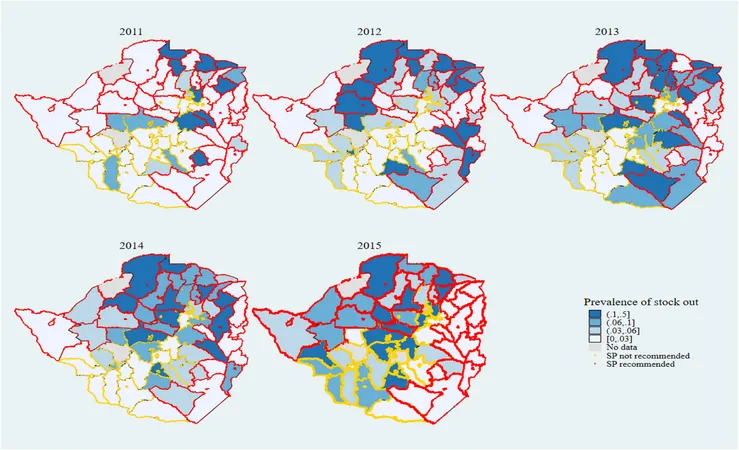
Unraveling the Secrets of Compression: A Game-Changer in Detecting Low-Quality Web Pages
2024-10-27
Author: Yu
What Is Compressibility?
Compressibility refers to the degree to which data can be reduced in size while maintaining its core information. This concept is crucial in digital content management, as it not only optimizes storage but also expedites data transmission across networks.
The Mechanics of Compression
Compression algorithms play a pivotal role in reducing file sizes. They identify patterns and redundancies in text, compressing repetitive phrases into shorter codes that consume less storage. This has a beneficial side-effect: search engines can leverage these compression techniques to identify low-quality pages that exhibit excessive redundancy.
Historical Context: Research and Findings
A landmark research paper from 2006, co-authored by computer science stars like Marc Najork and Dennis Fetterly, examined the correlation between compressibility and spam detection. They found that web pages with a high compression ratio—specifically those above 4.0—were often associated with low-quality, spammy content. Remarkably, their findings indicated that a staggering 70% of pages with high compressibility were identified as spam.
Interestingly, while compressibility was a compelling indicator of spam, it was not foolproof. The paper highlighted a tendency for false positives, whereby legitimate pages were misclassified as spam. For example, the individual spam detection methods yielded varying degrees of accuracy but were ultimately more effective when combined.
The Implications for Today's SEO Strategies
The insights from this research remain pertinent in 2023 as SEO strategies adapt to the dynamic landscape of content creation. SEO practitioners are still challenged by tactics aimed at gaming search algorithms, such as overwhelming pages with repetitive keywords to inflate rankings.
The paper's authors discovered that using a singular metric, such as compressibility, frequently leads to false positives. However, when multiple signals are analyzed jointly, spam detection accuracy rises significantly. This multi-faceted approach allows for a more nuanced understanding of web content quality, effectively distinguishing between spam and legitimate pages.
Actionable Takeaways for SEOs
1. Understand Patterns: Recognizing that doorway pages or duplicate content typically compress better than high-quality content can inform better SEO strategies.
2. Avoid Redundancies: Redundant keyword usage may lead both to poor user experience and potential classification as spam by search engines.
3. Leverage Multiple Signals: Use a combination of metrics for spam detection to safeguard against false positives and accurately assess content quality.
4. Stay Updated: Search engine algorithms are continuously evolving. It's critical to stay informed on the latest methods for quality evaluation, including advancements in AI-driven tools like Google's Spam Brain, which further enhance spam detection accuracy.



 Brasil (PT)
Brasil (PT)
 Canada (EN)
Canada (EN)
 Chile (ES)
Chile (ES)
 Česko (CS)
Česko (CS)
 대한민국 (KO)
대한민국 (KO)
 España (ES)
España (ES)
 France (FR)
France (FR)
 Hong Kong (EN)
Hong Kong (EN)
 Italia (IT)
Italia (IT)
 日本 (JA)
日本 (JA)
 Magyarország (HU)
Magyarország (HU)
 Norge (NO)
Norge (NO)
 Polska (PL)
Polska (PL)
 Schweiz (DE)
Schweiz (DE)
 Singapore (EN)
Singapore (EN)
 Sverige (SV)
Sverige (SV)
 Suomi (FI)
Suomi (FI)
 Türkiye (TR)
Türkiye (TR)
 الإمارات العربية المتحدة (AR)
الإمارات العربية المتحدة (AR)